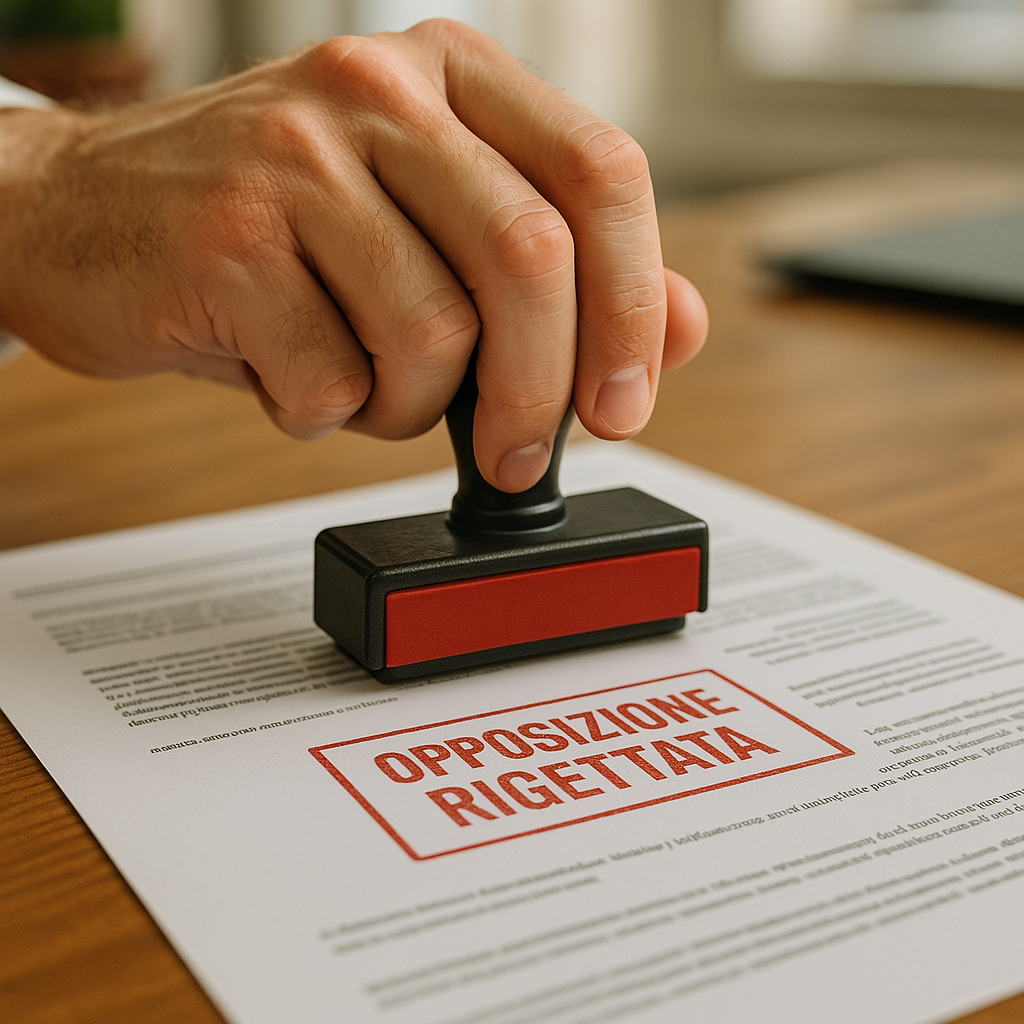In the world of intellectual and industrial property, trademark disputes are complex and evolving. In this article an important question will be examined: the long peaceful coexistence between identical or similar marks may also constitute a limit to the opposition against a new application for registration.
Index:
- When the long-standing co-existence of trademarks prevents a nullity or infringement action from being successful
- The position of EUIPO in case of objections
- The contrary decision of the UIBM Board of Appeal
- A decision which opens the way to new jurisprudence.
When the long-standing co-existence of trademarks prevents a nullity or infringement action from being successful
The impossibility of bringing an action for nullity/infringement against another later similar mark (for identical or related products) is expressly provided by law when this later mark, duly registered, has been used without contestation for at least five years. This decision was taken, as is known, by the EU Court of Justice (C-482/09) and then repeatedly applied to the jurisprudence, more generally also in the case where identical or similar marks (for identical or related products) – registered or unregistered – are lived peacefully and publicly for a long time.
The position of EUIPO in case of objections
In the case of administrative objections to successive applications for registration of identical or similar trade marks (for identical or related products), this type of preclusion has never been considered applicable at European level. In fact, the European Office (EUIPO) has consistently refused to take this argument into account and the demonstration by the proprietor of the contested application for registration that he is also the holder of other earlier registrations for the same trade mark as the contested application or for trade marks substantially similar.
The EUIPO has observed that the opposition procedure concerns a particular application for registration and not the trade mark which is the subject of it: the fact that its proprietor is also the holder of other previous registrations (perhaps even older than that on which the opposition is based), for identical marks to the opposite one, is totally irrelevant in administrative terms.
The comparison takes place only between two realities: that of the earlier registration, on which the opposition is based, and the subsequent contested application for registration. Where the marks claimed are identical or confusingly similar and the goods claimed are identical or related, the opposition shall be upheld.
The contrary decision of the UIBM Board of Appeal
In line with the position of the EUIPO, the UIBM had accepted the opposition against an application for a trade mark similar to a previous registration, despite the fact that the holder of that application had shown that he had registered almost identical earlier trade marks, already validated — including one even earlier than the one on which the opposition was based.
The Board of Appeal annulled the UIBM’s earlier decision, noting that the peaceful co-existence (until the 1990s) of the two families of marks demonstrated that there was no danger of confusion between the two marks.
A decision which opens the way to new jurisprudence.
The Commission’s decision raises some doubts because – at least administratively – the danger of confusion between marks (certainly an essential requirement for assessing effective interference), should be assessed in abstract, simply by comparing the signs and not making use of the actual market situation on the basis of other records, which are not part of the administrative procedure, as the EUIPO also claims.
This decision by the Board of Appeal is most probably intended to create a case law. For this reason, it is necessary to carefully assess the overall reality, not only before proposing oppositions, but also by always reacting promptly at administrative level to the rejection of applications for registration of marks that are identical or similar to yours, as soon as they have been filed. In this way it is possible to avoid that similar marks of others are validated and then used to support peaceful coexistence.
